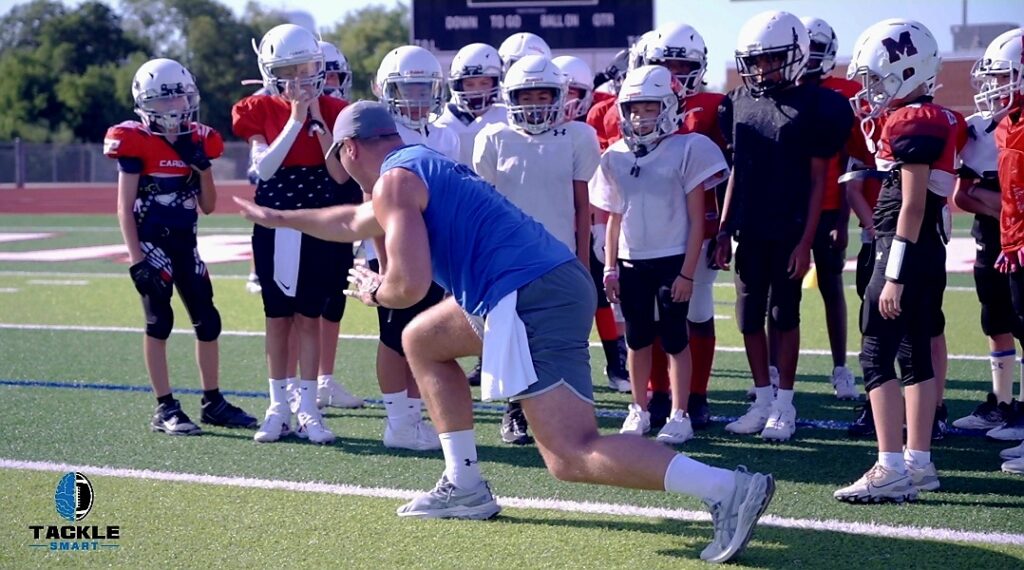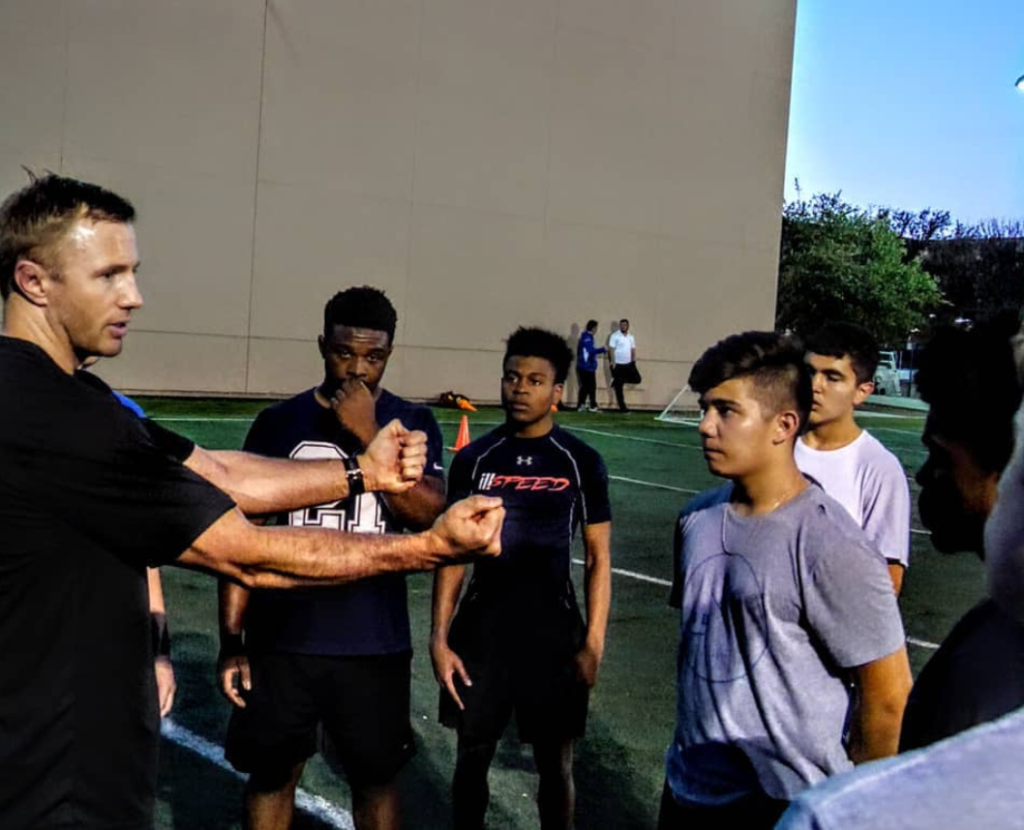Football has long been considered America’s favorite pastime — a game that unites communities, builds character, and teaches teamwork. For generations, young athletes have grown up dreaming of wearing pads and helmets just like their favorite NFL players. Across the country, you’ll find tackle leagues that welcome kids as young as five.
According to the American Academy of Pediatrics (AAP), more than 250,000 youth football players between the ages of 5 and 15 participate in one popular nationwide program alone. That’s a huge number of kids hitting the field every weekend.
But with football’s popularity comes concern. The American Academy of Orthopedic Surgeons notes that football ranks among the leading causes of school sports injuries. Add to that the recent discussions around concussions and brain safety, and it’s no surprise that parents are asking the big question: “How young is too young to start tackle football?”
While there are plenty of other sports today — from lacrosse and soccer to flag football, a non-contact version of the game — many kids still can’t resist the pull of the gridiron. So, if your child is showing interest, the key question becomes whether they should start with tackle football or flag football first.
Understanding the Injury Risks in Youth Football
The AAP points out that while there isn’t extensive data below the high school level, football does have a higher rate of serious injuries compared to most team sports.
The most common football injuries involve the knees, ankles, hands, and back, and thankfully, most are mild — such as strains, sprains, or bruises. However, head and neck injuries, while making up a smaller percentage of cases (about 5–13%), are where most concerns lie.
The biggest issue parents worry about is the risk of repeated or catastrophic head injuries. In recent years, more attention has been given to how repeated hits can affect brain health, leading to serious conditions like concussions or long-term neurological problems. While severe injuries such as paralysis or brain trauma are rare, their potential impact is understandably worrisome for parents.
The Pros and Cons of Youth Football
Like any sport, football comes with both benefits and risks. Understanding these can help parents make an informed choice.
The Pros
- Fitness and discipline: Football practices are physically demanding, helping kids stay active and develop strength, endurance, and coordination.
- Academic and personal growth: Studies show that student-athletes often perform better academically and learn valuable life skills like leadership, teamwork, and perseverance.
- Improved safety gear: Football equipment continues to evolve, offering better protection for young players than ever before.
The Cons
- Head and neck injuries: Experts remain concerned about concussions and the potential for long-term neurological effects.
- The risk of repeated impacts: According to the AAP, frequent collisions and hits to the head can lead to cognitive or behavioral challenges, headaches, and even an increased risk of conditions like Parkinson’s disease later in life.
Tackle Football: Benefits and Dangers
If your child dreams of playing college or professional football, starting early can help them develop fundamental skills. The National Football League Players Association (NFLPA) estimates that 60–70% of NFL players began their journey in youth tackle football.
Still, starting early isn’t the only path to success — and the right timing depends on several factors.
So, What Is the Right Age to Start Tackle Football?
This is one of the most debated topics in youth sports. While some organizations allow tackle football for children as young as five, others suggest waiting until kids are older and more physically developed.
Here’s why timing matters:
During childhood and early adolescence, the brain and body are still developing. Younger athletes often have weaker neck and core muscles, which means their heads can move more forcefully upon impact — increasing the risk of concussions.
Some experts, however, argue that learning proper tackling techniques early (when players are lighter and impacts are smaller) can actually make the game safer in the long run.
A report from the Aspen Institute suggests that flag football should be the standard until age 14, but basic tackling and blocking techniques can be introduced as early as 12. Similarly, the Concussion Legacy Foundation strongly recommends waiting until age 14 before introducing full tackle football.
The Role of Flag Football
Flag football is an excellent way to introduce kids to the sport without exposing them to heavy contact. It helps young athletes:
- Learn the rules and strategies of the game
- Develop teamwork and coordination
- Discover whether they genuinely enjoy the sport
Transitioning from flag to tackle football should be a thoughtful process. According to the American Academy of Pediatrics, delaying the age at which tackling is introduced can significantly reduce injury risk.
Expert Recommendations on Tackle Football Age
Several respected organizations — including the Aspen Institute and Concussion Legacy Foundation — recommend waiting until age 14 for tackle football. By this age, most athletes have stronger neck and core muscles, helping reduce the severity of concussions and other head-related injuries.
Younger players often have relatively larger heads compared to their bodies and weaker neck muscles, which can create a “bobblehead effect” during impact. This makes their developing brains more vulnerable to injury.
Equipment and Coaching: Two Critical Factors
If your child is playing football — whether tackle or flag — proper equipment and quality coaching make a world of difference.
Parents should ensure that:
- All gear fits properly, is well-maintained, and inspected regularly.
- Helmets and pads are certified for safety and not outdated.
- Coaches are trained in safe tackling techniques, anatomy, and conditioning.
Unfortunately, many local youth leagues rely on volunteer coaches who may not have formal training in sports science or injury prevention. That’s why it’s important to look for programs with experienced coaches who emphasize safety, skill-building, and proper strength training.
A good coach should also be able to recognize early signs of fatigue, weakness, or possible injury and take preventive steps before an incident occurs.
The Bottom Line: When Should Kids Start Tackle Football?
There isn’t a one-size-fits-all answer. Every child develops at a different pace, both physically and mentally.
However, most experts agree that starting tackle football around age 14, or during freshman year of high school, is a balanced choice. At this stage, young athletes typically have the physical strength and coordination needed to handle contact safely while benefiting from structured coaching and better-quality equipment.
Ultimately, the decision should be made by parents and players together — based on the child’s maturity, skill level, and enthusiasm for the game.
At Tackle Smart, our focus is clear: we’re here to teach young athletes the safest and most effective tackling techniques so they can enjoy the game they love while minimizing the risk of injury.
Join the Tackle Smart Community
Are you a parent or coach who wants to make sure your young athlete is learning football the right way — safely and confidently?
Stay informed with expert insights, training updates, and upcoming camp details by signing up for our newsletter. Together, let’s help the next generation of players step onto the field with knowledge, strength, and confidence. Click HERE to sign up!




